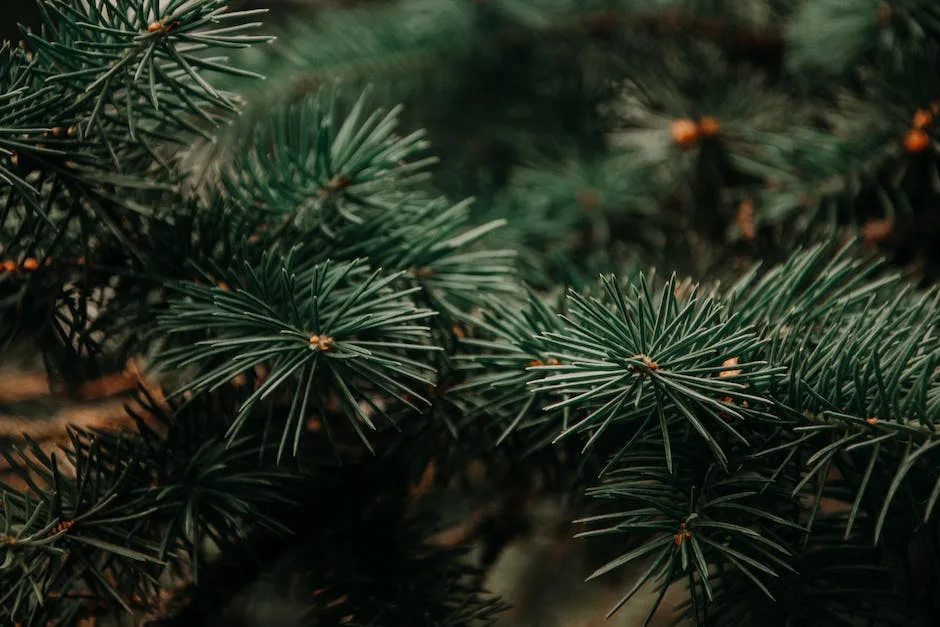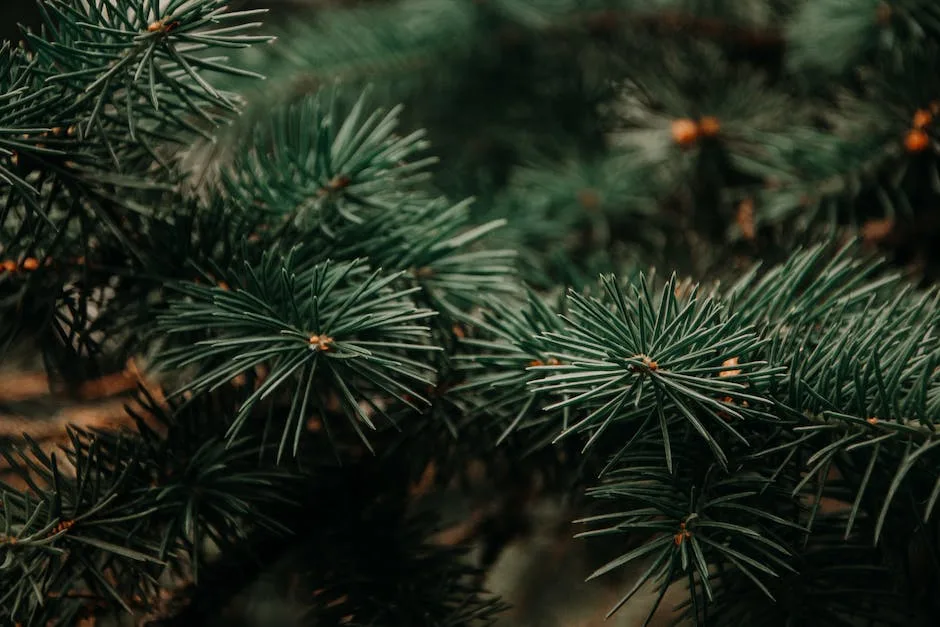Trimming a pine tree can cost anywhere from $75 to $400, depending on the height and diameter of the tree, the type of trimming needed, and whether or not the job is being done by a professional. Pine trees are generally fast-growing trees, so they often need to be trimmed in order to keep them from getting too big.
The cost of trimming a pine tree can vary depending on the size of the tree and the amount of branches that need to be removed.
When should pine trees be trimmed?
If you have a pine tree, you should trim it in the late winter to early spring. However, if your tree is damaged or diseased and there’s a risk of falling branches, you’ll need to start trimming as soon as possible. If you can, avoid trimming in late summer or fall.
When you are pruning a pine tree, it is important to cut all the way back to the collar, or thickened area near the trunk. If you are cutting a branch that is more than an inch in diameter, don’t make one cut from top to bottom, as this may strip the bark down the trunk when the branch breaks free.
How much does it cost to top a pine tree
The price of tree trimming can vary depending on the height of the tree and the amount of work required. Generally, the price will range between $75 and $1,500. Topping a tree (a controversial practice, we should point out) up to 30 feet in height will cost $100-$300. For a tree 30-60 feet, plan to spend $175-$400, and $200-$1,800 to trim a tree over 60 feet.
If you need to have more access to the area under your pine tree, you can opt to prune the lower branches. This will not damage a healthy pine, as experts at the University of Idaho’s Cooperative Extension System attest. In fact, you can remove the lower third of the pine’s crown without causing any harm.
Is it OK to top off a pine tree?
Topping large evergreen trees is not a good idea, as it can lead to internal decay, disease or damage from insects. The practice of topping trees to control size or growth is not justified.
If you see any brown spots on pine needles from different parts of the tree, it may mean that the tree has a disease. Brown stripes or brown clumps in the center of the needles may be an indication of a problem. If you are concerned, it is best to consult with a tree expert or arborist to get a diagnosis.
Do large pine trees fall over easily?
Pine trees are a type of conifer tree that can grow very tall. They are known for being very full of foliage at the top. Pine trees are more likely to break in high winds or under ice and snow loads in storms.
Pines are some of the longest living trees in the world. The Great Basin bristlecone pine is the longest lived of all the pine trees, with some individuals living to be over 4,800 years old. Pines typically live to be 100-1,000 years old, but some have been known to live even longer.
How much of a tree can you cut without killing it
This is a general rule of thumb for pruning trees – don’t remove more than 15% of the foliage. If you need to make space for other plants, it is better to remove a tree completely than to risk over-pruning it.
While professional tree services may be expensive, they are typically worth the cost. This is because the arborists and tree care experts employed by these companies are highly trained and skilled, and the work they do is complex and risky. As a result, the insurance premiums for these companies are high.
What time of year is tree removal cheapest?
If you need tree removal services, February and March are typically the cheapest months to get them done. This is because during the winter, trees are in their dormant state and the leaves have fallen off, making it easier and quicker for tree removal services to safely cut the tree down.
Cutting down a tree is generally cheaper than trimming it, but if the tree needs to be trimmed every 3 years, it will be cheaper to remove the tree in the long run.
Should I remove a pine tree close to house
If the trees are hanging over the roof or too close to a structure, they might need to be removed. In general, large trees should be at least 20 feet away from a house or building.
Pine trees have a deep tap root that can extend away from the tree at a distance as much as twice the height of the tree. This root system helps the tree to anchor itself in the ground and absorb nutrients and water from the surrounding soil. Pine trees, particularly Ponderosa pines, are known for their shallow root systems that extend only 12 inches or shallower from the ground surface level. Although these roots are shallow, they are still strong and help to support the tree.
What part of a tree should not be cut?
Prune trees in the fall to avoid cutting off leaf and flower buds.
As mentioned, pine trees have roots that extend straight down into the soil and because of this, they have almost no impact on your foundation. So, if you’re looking for a tree to plant near your home, a pine tree is a good choice!
How long do pine needles stay on a tree
Each species of evergreen tree has a different needle retention time. Austrian and Scotch pine trees usually retain their needles for three years, while Red pine trees can retain green needles for up to four years before they turn yellow and fall off. Arborvitae needles usually turn brown as they age, instead of yellow.
A dead tree is more likely to fall over than a living one. There is no telling when it will happen, but it is a safe bet that it will fall at some point.
What is the biggest threat to pine trees
A major threat to high elevation white pines and their ecosystems is a non – native fungus (Cronartium ribicola) that causes the disease white pine blister rust. All of the North American white pines are susceptible to the rust. The rust affects the growth and vigor of the trees and can eventually kill them. The disease is most commonly found in the western United States, where it has caused extensive damage to white pine populations.
If you notice your pine tree starting to lean, or if the roots are becoming displaced, these may be signs that the tree is in danger of falling. If the tree has any dead branches, or if you see signs of fungus growth, these could also be indicative of a weakened tree that is more likely to fall. Finally, if there are cavities in the tree trunk or roots, this could further destabilize the tree and make it more likely to fall.
Is a pine tree dead when all needles are brown
It is normal for some evergreens’ needles to turn brown and drop, but if the needles are browning all over your tree and not dropping to the ground, pine wilt disease is likely the problem. If you think your tree may have pine wilt disease, it’s important to contact a certified arborist or tree care professional for diagnosis and treatment.
When you are considering how large a tree will grow, you have to think about how far below ground its roots will extend. This is especially important if the tree is planted close to your house. While it’s always wise to plant trees about 15 feet away from your house, sometimes you are in a situation where you have to deal with existing mature trees. In these cases, you need to make sure that the roots will not damage your foundation or underground pipes.
What are the disadvantages of pine trees
Pine trees are a common sight in many yards and gardens, but there are some disadvantages to consider before planting one. Pine trees have needles and cones that can drop and create a mess. They also exude a sticky sap that can be difficult to clean up. Pine trees need an acidic soil pH to thrive, so if your soil is not naturally acidic, you’ll need to take measures to lower the pH levels.
Pines are interesting trees because of their long needles. The needles are held in clusters called fascicles and they can live for two to seven years. Once they die, they drop during the fall season.
Conclusion
The average cost to trim a pine tree is $75.
It is difficult to say how much it would cost to trim a pine tree without knowing the size and height of the tree, as well as the level of difficulty involved. However, it is generally safe to say that it would cost at least a few hundred dollars to hire a professional to trim a pine tree.

My interest in trees started when I first saw the giant sequoias in Yosemite.
I was a teenager then, and I remember thinking, “I need to learn more about this.”
That moment stuck with me.
A few years later, I went on to study forestry at Michigan Tech.
Since graduating, I’ve worked in a mix of hands-on tree care and community education.
I’ve spent over ten years helping people understand how to plant, maintain, and protect the trees in their neighborhoods.
I don’t see trees as just part of the landscape.
They are living things that make a real difference in our daily lives.
